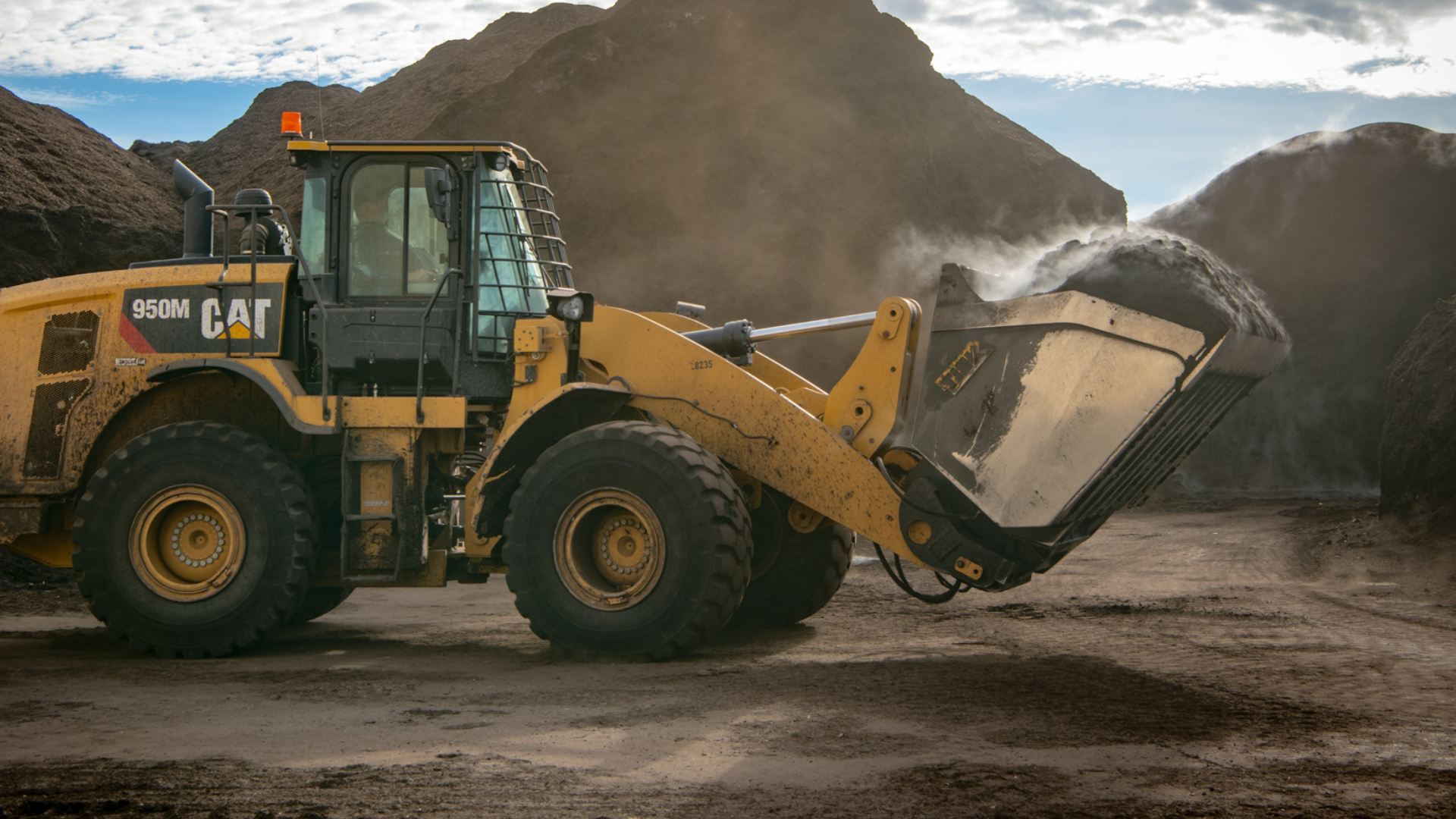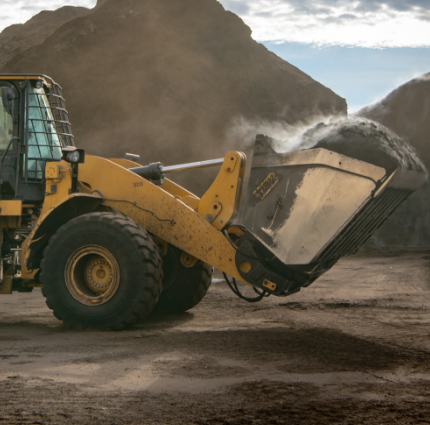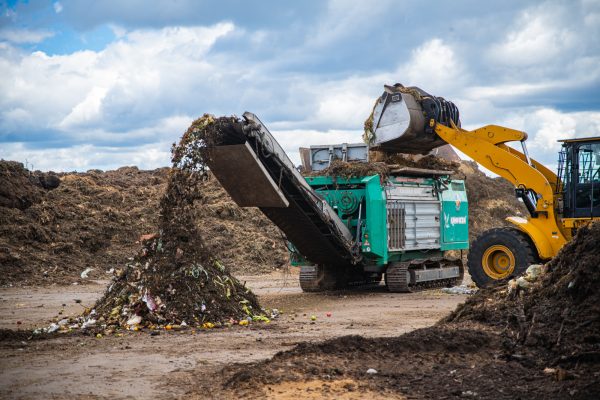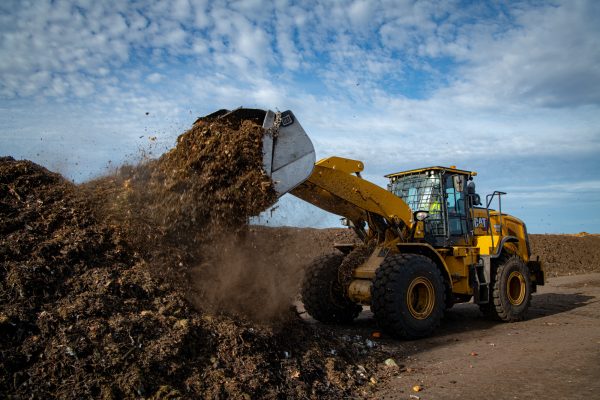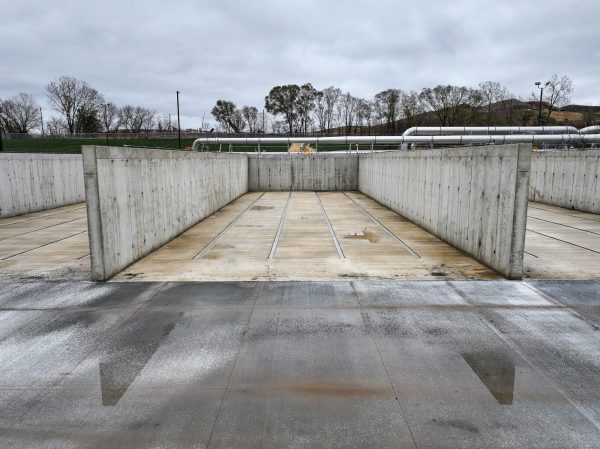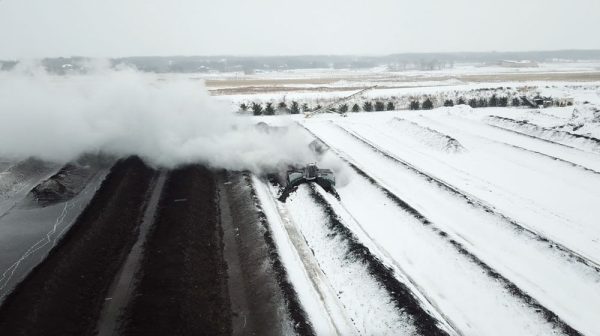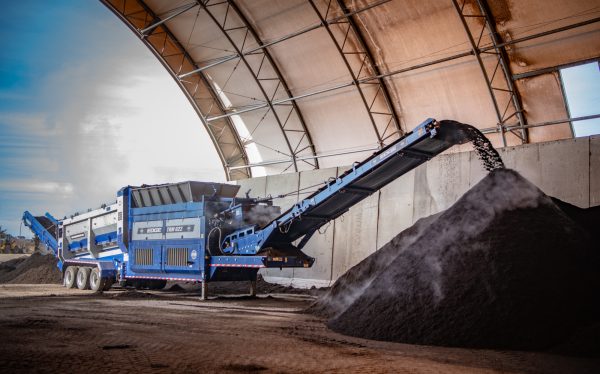Quality
At Dakota Prairie Composting, we are committed to providing high-quality, environmentally friendly products for both residential and commercial use. Dakota Prairie products such as compost, compost blends, and mulch can improve soil structure, increase nutrient content, and help keep plants disease-free. Our products are carefully crafted to repurpose and recycle organic waste, transforming it into beneficial soil amendments and mulches.




